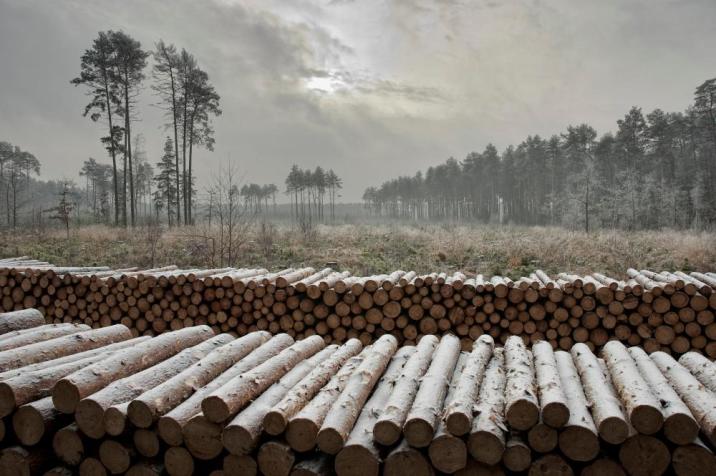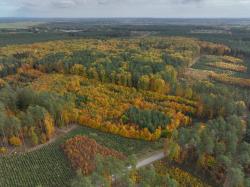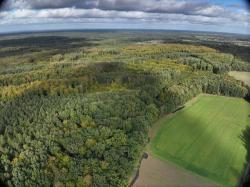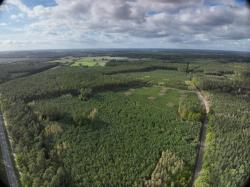 Asset Publisher
Asset Publisher
Sale conditions
Sale conditions of wood are specified by the regulation of Director – General of the Sate Forests.
Within the framework of the individual sale , the foresters try to meet the fast growing demand, because more and more people use wood in order to heat their houses. Contrary to general opinion, these are not only village people, even though they prevail among recipients. The growth of firewood demand is the result of occurrence of new housing estates built in the suburbs of large agglomerations, where houses are usually equipped in fireplace heating installations.
Firewood is not only the most ecological heat source, but also is much more attractive in respect of relation of price and electric efficiency, rather than cola, oil, gas or electric power.
In recent years, the Sate Forests increased the sale of firewood of one third – up to over 4 million cubic meters annually. Firewood is not only the most ecological heat source, but also is much more attractive in respect of relation of price and electric efficiency, rather than cola, oil, gas or electric power. Some of customers choose already prepared and cut into pieces wood, the others very willingly obtain it by themselves after arranging all details and fulfilling particular safety conditions, and after paying the fee; that concerns mainly so called "thinnings". Such a raw material is very cheap, that is why many people from village areas profit from such possibility.
 Asset Publisher
Asset Publisher
 Asset Publisher
Asset Publisher
Lasy nadleśnictwa
Lasy nadleśnictwa
Lasy Nadleśnictwa Człuchów
Nadleśnictwo Człuchów zarządza ponad 21 600 ha lasów Skarbu Państwa.
Lasy Nadleśnictwa Człuchów położone są w południowo-zachodniej części województwa pomorskiego. Lasy te stanowią prawdziwe bogactwo przyrody. Na naszym terenie występuje pełen przekrój siedlisk leśnych — od borów sosnowych, przez lasy mieszane, aż po żyzne buczyny i wilgotne olsy. Tym, co wyróżnia nasz teren, to także obecność dziesiątek jezior i zbiorników wodnych – mniejszych i większych – rozrzuconych wśród lasów i łąk. Stanowią one oazę spokoju, cenne siedliska przyrodnicze i źródło wyjątkowych walorów krajobrazowych.
Na zarządzanym obszarze prowadzimy zrównoważoną gospodarkę leśną: odnawiamy, pielęgnujemy i planowo pozyskujemy drewno – surowiec naturalny, w pełni odnawialny i przyjazny środowisku. Dbamy o ochronę cennych siedlisk i gatunków, a także o to, by lasy były dostępne i bezpieczne dla każdego.
Nasze lasy to przestrzeń, gdzie przyroda spotyka człowieka — z myślą o teraźniejszości i przyszłych pokoleniach. Serdecznie zapraszamy do ich poznawania, odkrywania i wspólnego szanowania.










 Graficzne ujęcie udziału głównych gatunków drzew i siedlisk
Graficzne ujęcie udziału głównych gatunków drzew i siedlisk

